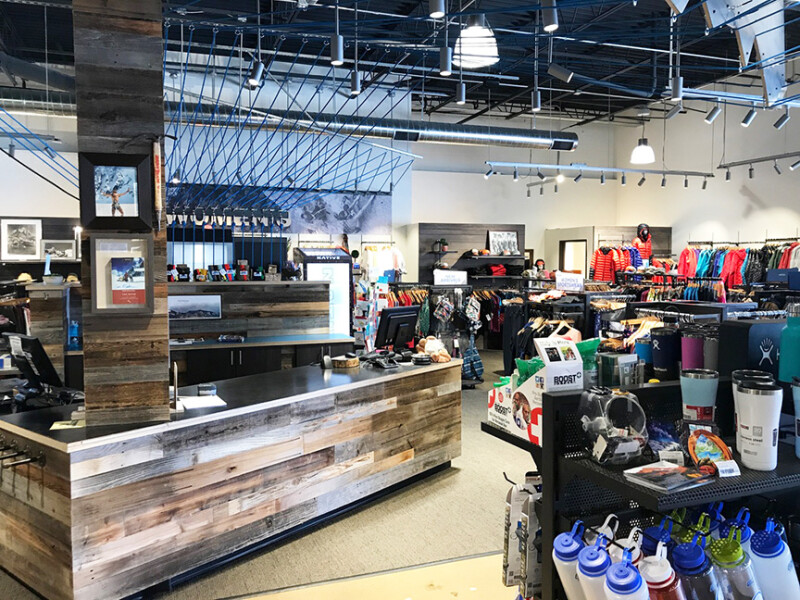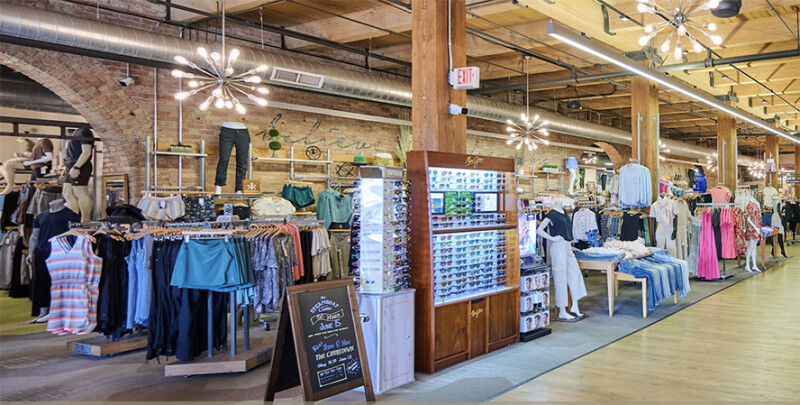The footwear market in the U.S. has been challenged this year — and even more so than was expected when we turned the calendar page to January, 2023. Continuing inflation, depleting savings, rising debt and the reduction of government assistance programs have all coalesced to put pressure on demand and have forced consumers to prioritize their spending.
As a result of these factors, adult footwear units sold are down three percent this year, through September, adding to the six percent decline the market experienced in calendar year 2022. Sales revenue, however, continues to grow, up two percent so far this year compared to 2022, due to the average price increases we’ve seen since the onset of the pandemic.
The good news is that the adult running category is outperforming the total footwear market in 2023, growing in both units sold and dollar sales year-to-date. Furthermore, Circana’s Future of Footwear findings indicate that running is expected to continue to outperform the market in the fourth quarter of 2023 and in 2024, despite the economic challenges mentioned above.
Bottom line: The running category is poised to continue to gain share and there are four strategies that brands and retailers should consider to make this a reality.
1. Maximize the peaks and valleys
The holiday season has been stretched, now starting in October with major retailer promotions that are meant to entice consumers to jump start their shopping and spend early. But there are many weeks between the beginning of October and the last week of December, which will be especially important this year since Christmas Day falls on a Monday, leaving an extra weekend for the last-minute rush.
So as we all attend The Running Event in Austin this month there is still plenty of holiday season left to go. While product development and retailer buys have long been put to rest, there is still time to impact merchandising and marketing decisions. One way is to understand when the peak purchasing periods take place for the category.
Running footwear sales tend to be evenly distributed throughout November and December. Athleisure, as a key gifting category, peaks late, and given the increased blurring between running performance and athleisure, running brands and retailers should be making a big push to capture last-minute holiday sales. Running isn’t typically a category that gets a lot of buzz during the holiday season, but this year it will likely stand out.
2. Embrace the everyday warriors
As I wrote back in May in Running Insight, while I do not want to diminish the performance aspect of the running business, we cannot afford to dismiss the impact of the casual consumer.
According to the Sports and Fitness Industry Association (SFIA), running participation rates increased just slightly in 2020, during the peak pandemic period, but reverted back down, below 2019 levels, by 2021 and again in 2022. To sustain growth, the industry must rely on the everyday wearers who are looking for the fashion, comfort and versatility that a running shoe provides.
Innovation remains crucial for the serious runner and it is also necessary to attract the casual customer. Think of it this way: Life keeps us on our toes and we are all running somewhere.
3. Tap into consumer priorities
According to Circana’s Future of Footwear study, comfort features, easy-on/easy off, breathability and versatility are the most important features for consumers when deciding what footwear to buy. Product development and messaging related to these attributes is a must, but the real impact is when you focus on the benefits by connecting the dots between the features and consumers’ lifestyles.
One example is travel, which has had a very strong recovery after being very hard hit by the pandemic. Transportation Security Administration data shows that screened passengers in the U.S. are now hovering slightly above 2019 levels — and based on the U.S. Travel Association’s estimates, road trips are on the rise as well.
So, how do your products help your consumer’s travel experience, whether that travel is for a race or just to explore? If you can make that connection, the decision to buy becomes much easier to make.
4. Hone your social media approach
Let’s face it: the way consumers shop continues to evolve. Online purchases now represent over 40 percent of running footwear sales, compared to about 30 percent in 2019. Circana’s latest Future of Footwear survey revealed that almost 60 percent of consumers use social media to learn about or discover footwear brands and retailers.
For Gen Z this figure is 80 percent and for Millennials it’s just over 70 percent.
Therefore, it is no surprise that platforms like Instagram, TikTok and YouTube continue to hone their direct shopping capabilities. But the influence of social media also extends to in-store shopping and consumers tell us that posts from brands and retailers are the most impactful.
We need to think about social media as another sales and communication tool for our brands and stores, one that will continue to grow in importance. But it’s not a one-size for all scenario, so in order for it to pay off retailers need to craft a strategy that carefully considers their target consumer and where they are spending their digital time.
The Finish Line
As we approach the 2023 finish line and power through these last few weeks, players in the running industry can feel good about reaching this point and what they have accomplished this year.
In setting their new year goals, the industry can consider some of the strategies laid out above to keep up the pace of growth in 2024.
About the author
Beth Goldstein is an executive director and industry analyst at Circana (formerly NPD) covering the footwear and accessories markets. With expertise based on more than 20 years of retail and market research experience, she provides data-driven insights and guidance for brands, manufacturers, and retailers within these businesses, including state of the industry presentations. [email protected]






